Properly Testing a PowerG CO Detector
In this video, Joe from Alarm Grid teaches users how to properly a PowerG Carbon Monoxide Detector. This is very important for making sure that your CO sensors are functioning properly. A functional CO detector can save lives in the event of a carbon monoxide outbreak. Testing these sensors is easy.
Carbon monoxide outbreaks typically occur during the winter months when heating appliances are more widely used. However, they can technically occur during any time of the year due to faulty appliances or careless actions like leaving a car running in an enclosed space. The gas is odorless and tasteless, and it kills hundreds of people every single year. These casualties can be prevented through the use of carbon monoxide detectors.
A carbon monoxide sensor will activate upon detecting higher than average CO levels in the air. These sensors will typically respond to unusually high levels, even if the CO concentration in the air is not quite at lethal levels. This will give the user time to take action and vacate the premises. When the system receives an alert from a CO detector that there is carbon monoxide in the air, the system will go into an immediate carbon monoxide alarm. If the user has central station monitoring service, then they will receive automatic emergency dispatch.
PowerG Carbon Monoxide Sensors will work with any system that supports 915 MHz PowerG Sensors. These sensors offer a very impressive wireless range of up to 2 km in open air depending on the panel that is being used. They also utilize 128-bit AES encryption to prevent wireless hacking and takeover attempts. These sensors will work nicely with any Qolsys IQ Panel 2 Plus, DSC PowerSeries NEO, and DSC Iotega System. The PowerG CO Detectors can be auto-enrolled with the security system, which eliminates the need to manually enter a Serial Number.
https://www.alarmgrid.com/faq/how-do-i-properly-test-my-powerg-co-detector
-
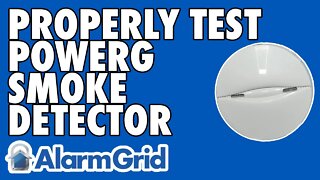 5:22
5:22
Alarm Grid Home Security DIY Videos
4 years agoProperly Testing a PowerG Smoke Detector
53 -
 5:31
5:31
Alarm Grid Home Security DIY Videos
4 years agoEnrolling a PowerG CO Detector to a Qolsys IQ Panel 2 Plus
38 -
 1:53
1:53
WEWS
6 years agoCO Detector Checks
-
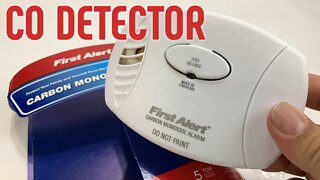 2:49
2:49
Peter von Panda
5 years agoFirst Alert CO400 Battery Operated Carbon Monoxide Detector Review
63 -
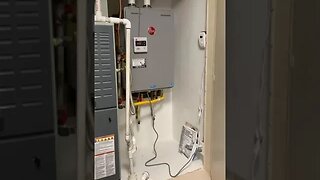 0:46
0:46
Spencer Does Reviews
1 year agoGas Leak Alarm | Natural Gas Detector and Propane Detector
6 -
 1:08
1:08
aidingcv
1 year agoKidde Carbon Monoxide + SMOKE Detector COMBO AC Plug-In Battery Backup DIY in 4D
9 -
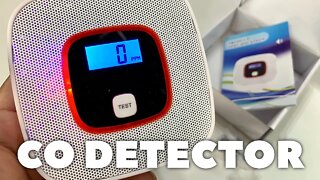 2:51
2:51
Peter von Panda
4 years agoBattery Powered Carbon Monoxide Alarm Detector by Alert Plus Review
11 -
 9:19
9:19
Prepping, Homesteading, DIY
1 year agoGZAIR SA104 handheld Carbon Monoxide detector review.
3 -
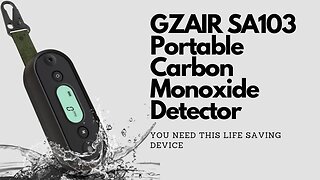 13:25
13:25
MrV_2u
1 year agoGZAIR SA103 Portable Carbon Monoxide Detector Unboxing & Review
7 -
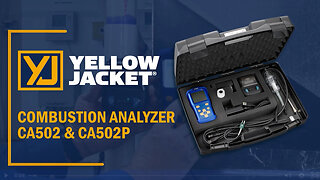 5:23
5:23
YELLOW JACKET
1 year ago $0.02 earnedThe 3-IN-1 Combustion Analyzer for Safe, Accurate Diagnostics
23